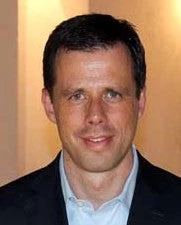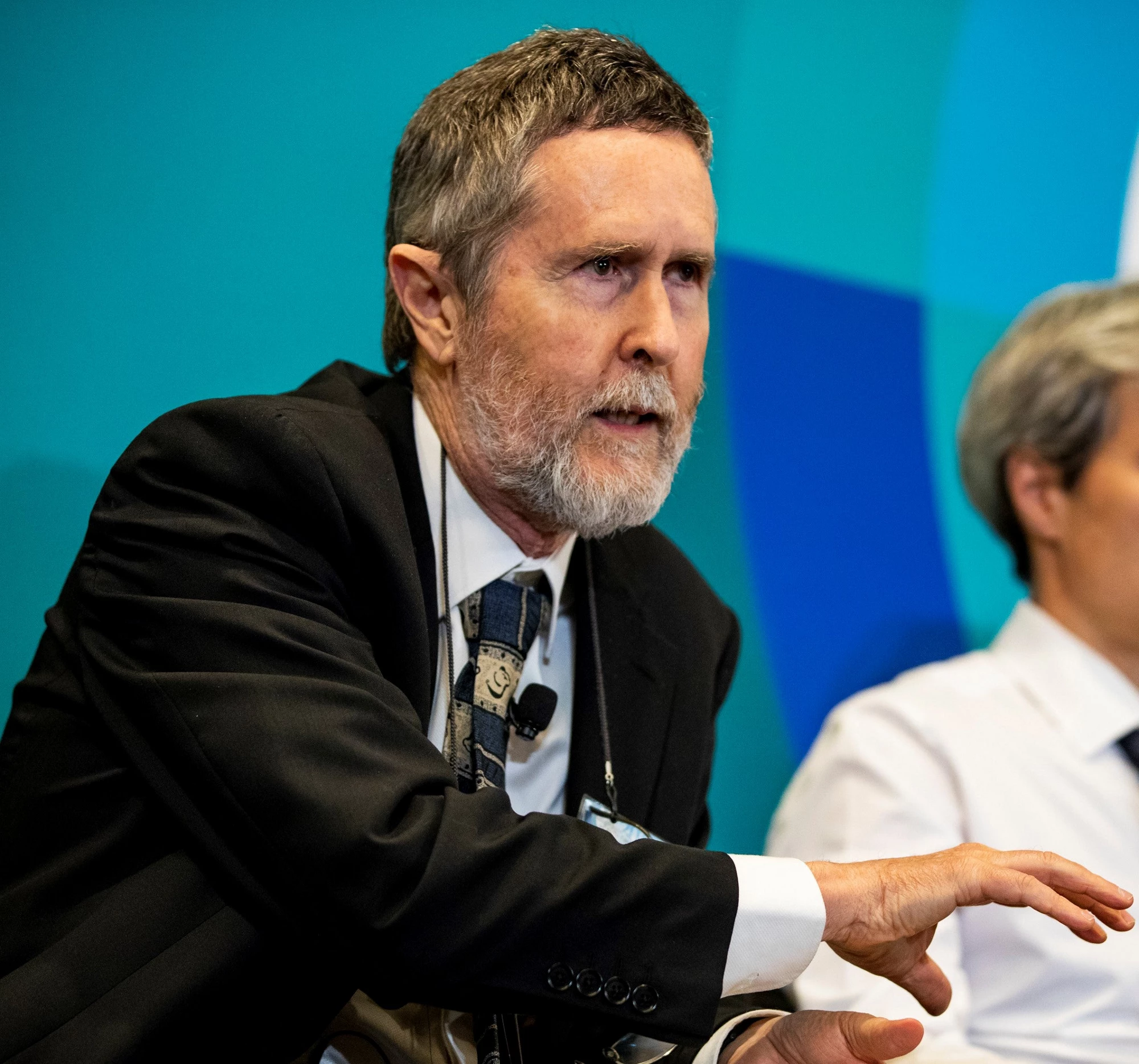 A woman wearing a mask walks in front of a restaurant that closed because of covid-19. The restaurant industry has suffered huge sales and job losses because of the covid-19 outbreak. (May 2020). Photo Credit: WorldPictures / Shutterstock.com
A woman wearing a mask walks in front of a restaurant that closed because of covid-19. The restaurant industry has suffered huge sales and job losses because of the covid-19 outbreak. (May 2020). Photo Credit: WorldPictures / Shutterstock.com
From a shrinking government spending pie, a larger slice for health makes a balanced diet for most economies ailing from COVID-19.
After rapid increases in government expenditure to control the pandemic and to protect people, jobs, and businesses, the International Monetary Fund (IMF) projects that government per capita spending in low- and middle-income countries will fall in 2021 and, again, in 2022. This drop will happen despite a return to economic growth, as governments have exhausted their capacity to accumulate and service public debt.
In previous economic crises, a shrinking pie of government spending often also meant a drop in health spending, not only in absolute terms, but also in relative terms – governments reduced the slice of their spending going to health.
Getting over the economic crisis
In our new paper, “From Double Shock to Double Recovery,” we argue that a smaller slice of government spending on health would starve economies of what they need most to enjoy a timely and strong recovery from COVID-19. This is because basic public services and key sectors cannot properly restart until the pandemic is controlled. To put an end to the pandemic, we need enhanced disease surveillance, stronger delivery platforms, and the roll out of COVID-19 vaccines. All of these depend on continued investment in the health-sector crisis response.
But there is more to the story. The pandemic has caused severe disruptions in the supply of and demand for the full spectrum of essential non-COVID-19 health services, from routine immunization to maternal and child services, cancer diagnosis and treatment, and emergency services. Reclaiming these losses and restarting progress toward universal health coverage is vital for rebuilding human capital, increasing workers’ productivity, reducing poverty, and returning to inclusive and sustainable economic growth.
A time for bold steps
The paper recognizes that overcoming the economic crisis depends on solving the health crisis. It explores alternative health spending scenarios, looking at the three main sources of funding, including: most importantly government funding, out-of-pocket payments, and external financing for lower-income countries.
In the optimistic scenario where governments maintain pre-COVID 19 trends in health spending, the share of government resources flowing to health will have to grow on average by more than 11 percent above pre-COVID levels (i.e. from 11.4 percent in 2019 to 12.1 percent in 2021 and 12.7 percent in 2022). And if governments seek to partially compensate for the expected lower levels of out-of-pocket spending by ordinary families in the grip of the economic crisis, the necessary increase is close to 15 percent.
For low-income countries, the estimated and necessary increase in the health share of government spending is even higher, close to 20 percent. Yet, these policy efforts may not yield the needed levels of spending in those countries. This is because the future of external financing –often a major source of funding in these countries—hangs in the balance. It is also when donors need to think ambitiously about delivering additional resources.
Increasing the share of government spending on health in the time of COVID-19 is a bold choice. Historically, increases in government per capita health spending have been mostly driven by growth in the overall pie of government spending. The encouraging news is that during the recovery from past economic crisis, some governments successfully increased their share of spending on health despite shrinking resource envelopes by doubling down on their investment in universal health coverage, as part of their recovery strategies. For example, among the 53 countries that lowered per capita government spending in the wake of the global financial crisis, almost half of these countries increased their per capita government spending on health.
Countries have policy options
“From Double Shock to Double Recovery” presents policy options for countries to meet the spending needs of a recovery plan from the health shock. It draws on lessons from earlier crises, experiences from COVID-19 to date, and an emerging global consensus on effective health financing policy options.
It provides strategies to make fiscal adjustments work and how to channel funds where most needed, including in health and other critical sectors. It also describes policies to stabilize the balance sheets of social health insurance plans.
The paper explains how the health sector can play an active role in expanding the overall fiscal space by contributing to tax reforms. For example, it makes a strong case for introducing or increasing taxes on health damaging products like tobacco and alcohol during the crisis. The sector can also help to mobilize and absorb external financing, including debt relief.
Recognizing that the quality of spending has implications for its quantity, the paper discusses the challenges and opportunities brought by the crisis to increase the equity and efficiency of health spending. These include, for example, questions of which expenditures to cut and which to protect, which emergency measures to roll back and which to roll out, and how to address some of the controversial trade-offs underscored by COVID-19.
Countries did not choose COVID-19, yet, their leaders have health financing choices to hasten and strengthen the recovery. A larger slice for health from a shrinking government pie is a bold but essential step. Their external partners equally face the difficult, but vital choice -- especially for lower-income countries -- to increase assistance for health as part of a more robust development assistance, including coordinated debt relief. Evidence suggests that countries can successfully advance from the double shock to a resilient and sustainable double recovery, if combined with policies to improve the quality of spending.







Join the Conversation